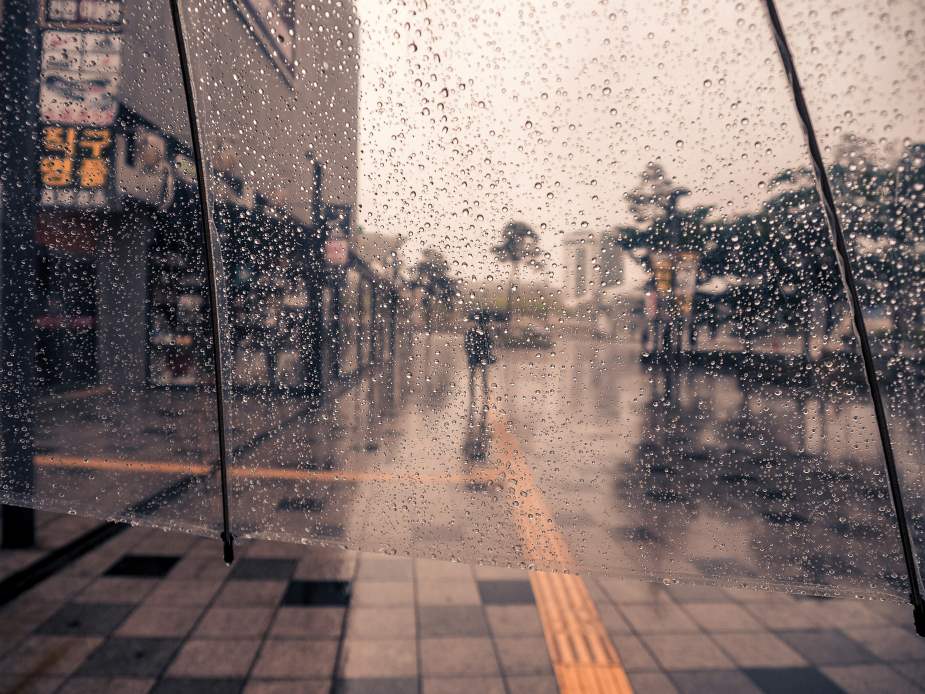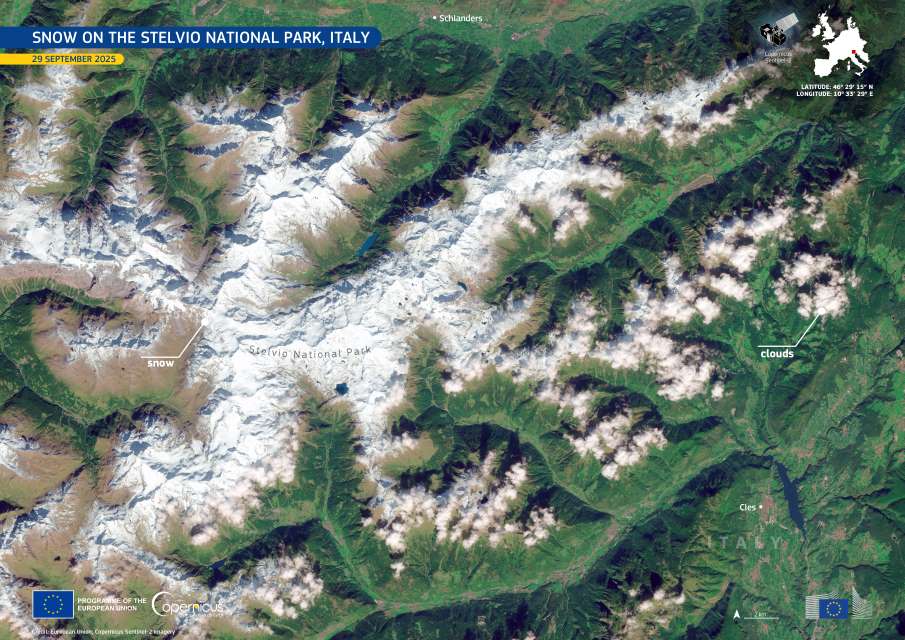Seoul, South Korea | AFP
Parts of South Korea were battered by torrential rains Thursday, with one region pummelled by the most rainfall per hour since full records began in 1904, the country’s weather agency said.
South Korea typically experiences monsoon rains in July but three areas in the country’s South Chungcheong province experienced some of the heaviest hourly downpours on record this week, official weather data showed.
The western Seosan area was hit by rainfall peaking at 114.9 millimetres (4.5 inches) per hour, “a level typically seen only once in 100 years”, a weather agency official told AFP, adding that this was the highest rate since 1904.
The heavy rains were due to “warm and moist air flowing in along the edge of the North Pacific High, triggering strong atmospheric instability”, the official added.

South Korean broadcasters ran videos of severe flooding in Seosan, with water swamping markets and apartment complexes, as well as submerging parked cars.
Residents in Hongseong county, also in South Chungcheong province, were ordered to “evacuate immediately to a safe location” early Thursday morning due to flooding from a nearby stream.
Several schools and nurseries in the county were also closed.
One driver was killed in Osan, a city about 50 kilometres (31 miles) south of the capital Seoul, after a 10-metre-high (33-foot) retaining wall from an overpass collapsed onto the road, crushing his car.
In Chungcheong province, two people were rescued following a landslide.
South Korea is regularly hit by flooding during the summer monsoon period, but is typically well-prepared and the death toll is usually relatively low.
Scientists say climate change has made weather events around the world more extreme and more frequent.
South Korea also endured record-breaking rains and flooding in 2022, which left at least 11 people dead.
They included three people who died trapped in a Seoul basement apartment of the kind that became internationally known because of the Oscar-winning Korean film ‘Parasite‘.
The government said at the time that the rainfall was the heaviest since Seoul records began, blaming climate change for the extreme weather.
hs/ceb/sco
© Agence France-Presse
Article Source:
Press Release/Material by AFP
Featured image credit: roman ten | Unsplash



